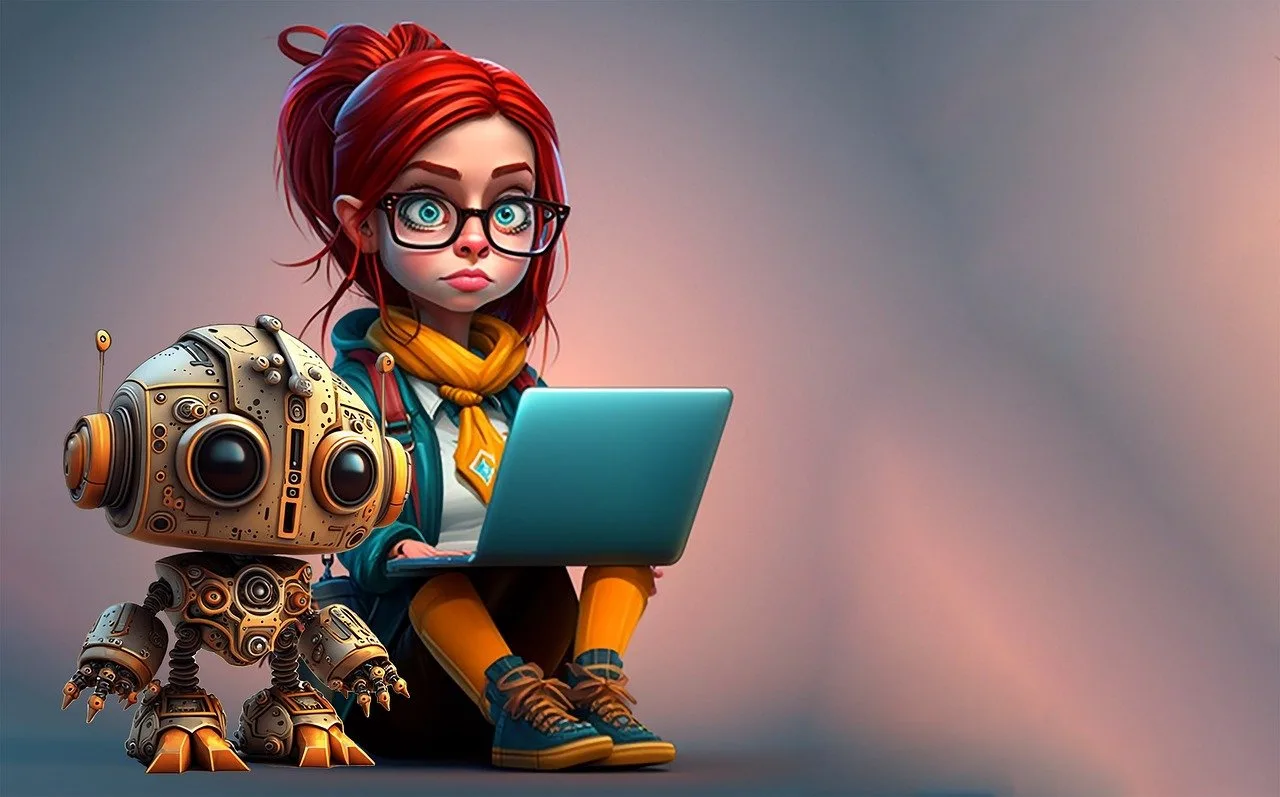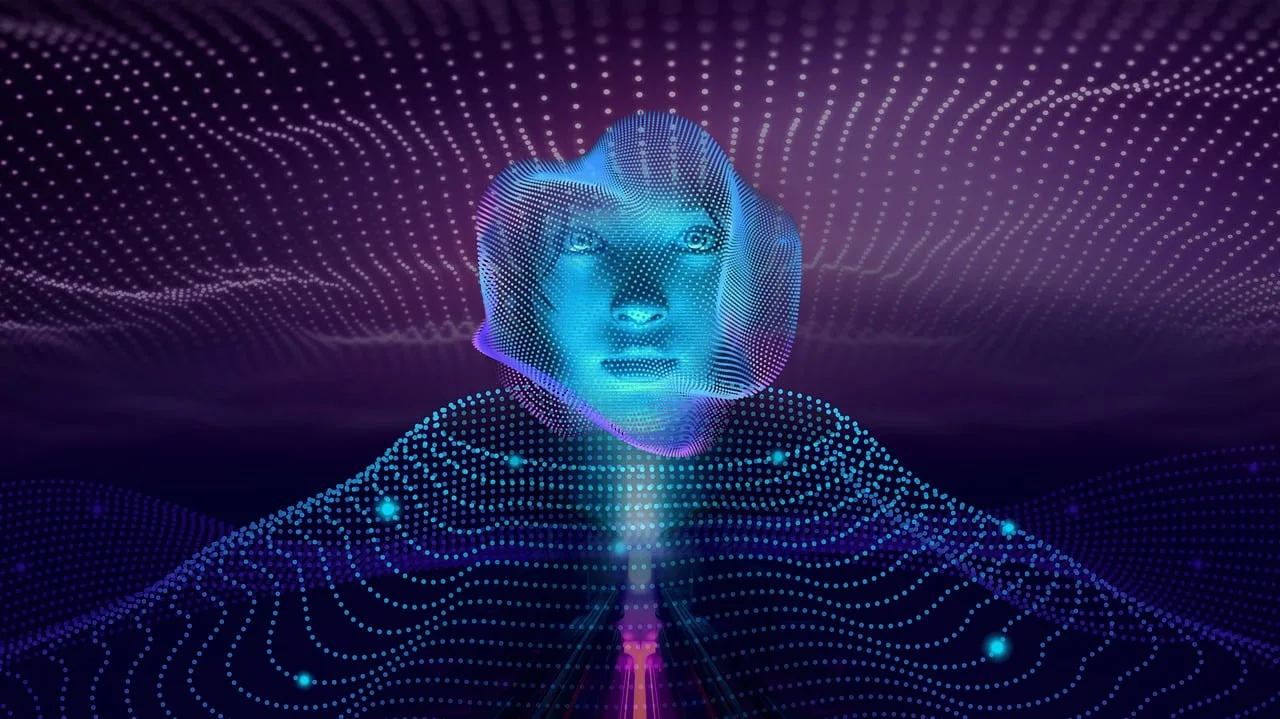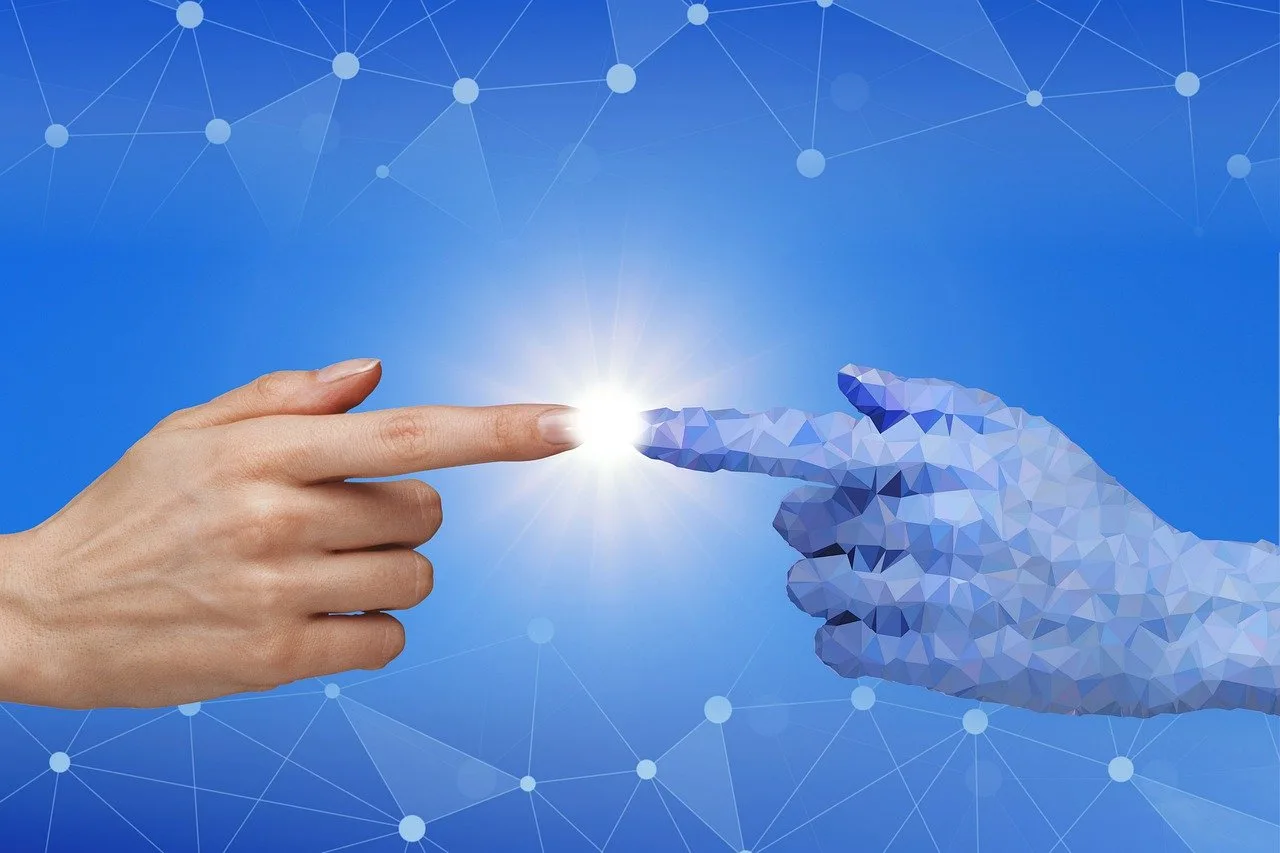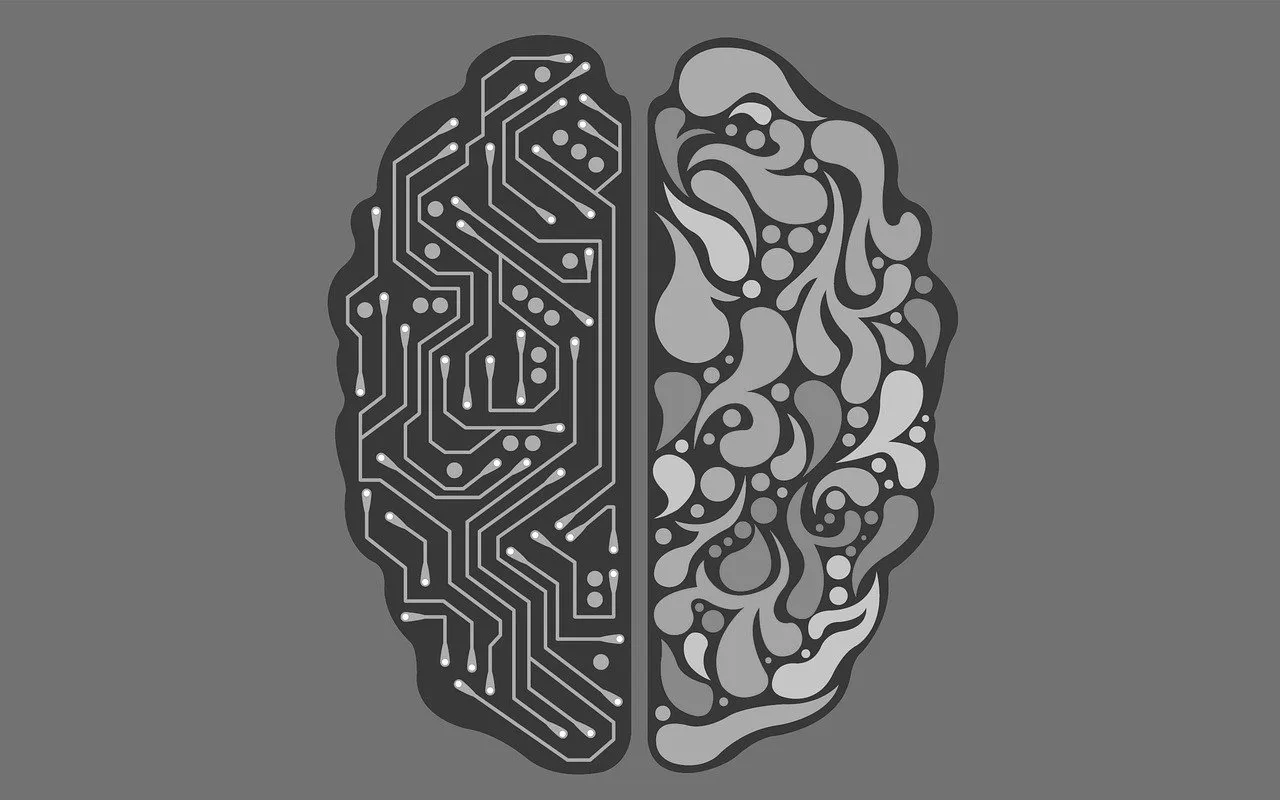
Perplexity AI VS ChatGPT: Everything You Need to Know
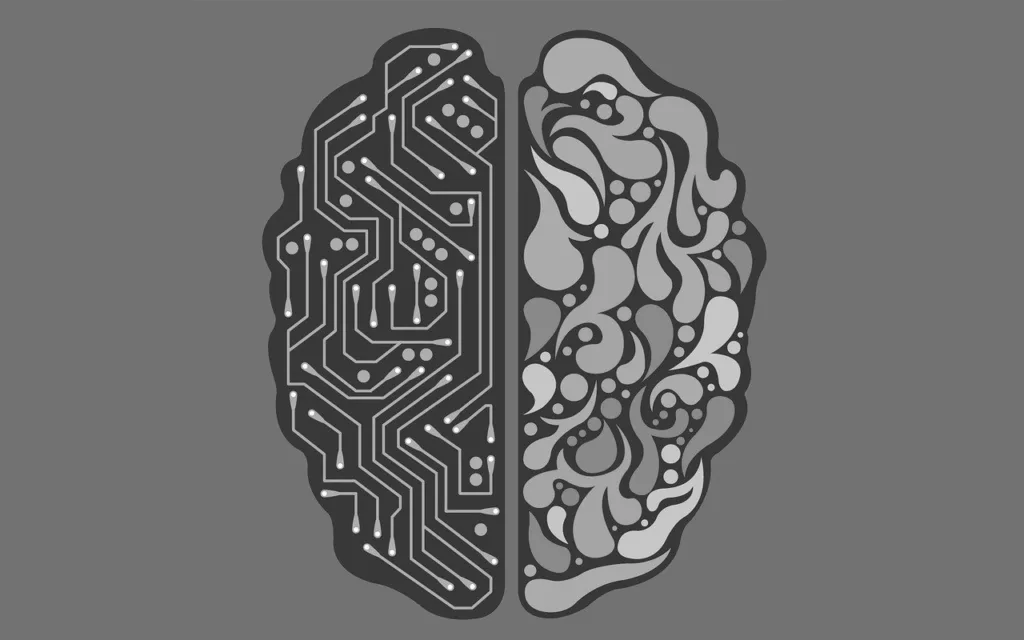
Artificial Intelligence (AI) has made significant advancements in recent years, with various applications emerging in different industries. One area where AI has gained significant attention is in chatbots and conversational agents. In this blog post, we will explore the differences between two popular AI models: Perplexity AI VS ChatGPT. We will discuss their features, use cases, and how they can be beneficial in different scenarios.
Understanding Perplexity AI
Perplexity AI is an innovative chatbot model known for its advanced natural language processing techniques. Its primary focus is on accurately understanding and responding to user queries, making it a valuable asset for businesses that prioritize precision and efficiency in customer interactions.
Key features of Perplexity AI:
- Language Understanding: Perplexity AI boasts proficiency in multiple languages, enabling seamless communication with users from diverse cultural backgrounds.
- Contextual Understanding: This model excels at grasping the context of user queries, allowing it to provide personalized and relevant responses.
- Integration: Perplexity AI seamlessly integrates with existing business systems, ensuring smooth deployment and management.
- Scalability: Whether a business has a small or large user base, Perplexity AI can handle the scale and deliver consistent performance.
Exploring ChatGPT
ChatGPT, developed by OpenAI, is another popular chatbot model known for its human-like response generation capabilities. It specializes in creating engaging and natural conversations, thereby enhancing the overall user experience.
Key features of ChatGPT:
- Language Generation: ChatGPT excels at generating coherent and contextually appropriate responses, fostering meaningful interactions with users.
- Flexibility: Businesses have the flexibility to customize and fine-tune ChatGPT according to their specific requirements, ensuring alignment with their brand voice.
- Multi-Turn Conversations: ChatGPT supports multi-turn conversations, allowing for deeper engagement and interaction with users.
- Large-Scale Deployment: Whether a business has a small customer support team or a global user base, ChatGPT can efficiently handle large-scale deployment.
Comparing Perplexity AI and ChatGPT
While both Perplexity AI and ChatGPT offer powerful capabilities, they differ in several aspects:
Accuracy vs. Naturalness:
Perplexity AI prioritizes accuracy and factual correctness, making it suitable for industries such as healthcare and finance where precision is crucial. In contrast, ChatGPT focuses on generating natural and engaging conversations, which is beneficial for sectors like e-commerce and entertainment.
Customization:
ChatGPT offers greater flexibility for customization, allowing businesses to tailor the chatbot to their specific needs and brand voice. Perplexity AI, while not as customizable, provides a reliable out-of-the-box solution.
Use Cases:
Perplexity AI is well-suited for industries where accuracy and compliance are paramount, such as healthcare and legal services. ChatGPT, with its focus on natural language interaction, is often preferred in industries like e-commerce and social media.
Potential Use Cases
Both Perplexity AI VS ChatGPT have numerous potential use cases across various industries:
- Customer Support: These chatbots can provide instant and accurate responses to customer queries, reducing the need for human intervention and improving overall customer satisfaction.
- Virtual Assistants: Perplexity AI and ChatGPT can serve as virtual assistants, helping users with tasks such as scheduling appointments, providing recommendations, or answering general questions.
- Educational Tools: These chatbots can be used in educational settings to provide personalized learning experiences, answer student questions, and assist with research.
- Entertainment: Perplexity AI and ChatGPT can be used to create interactive and engaging storytelling experiences, virtual game characters, or even as companions in video games.
Differences
Coherence and Context
Perplexity AI shines in applications requiring clear and concise responses, such as customer support systems. Its focus on coherence makes it ideal for minimizing user confusion.
ChatGPT, with its emphasis on creativity, thrives in tasks demanding open-ended conversations and content generation, making it suitable for creative brainstorming sessions.
Domain Specialization
Perplexity AI’s capability to specialize in particular domains makes it indispensable for industries needing domain-specific expertise, such as medical diagnosis or legal advice.
ChatGPT’s broader training on internet text positions it as a versatile tool for general-purpose use, suitable for answering general knowledge questions or engaging in casual conversations.
Training and Customization
Perplexity AI empowers users with extensive customization options, allowing them to fine-tune the model to specific requirements. This level of control ensures alignment with desired outcomes.
While ChatGPT offers impressive pre-trained capabilities, its current limitations in user customization hinder extensive tailoring of responses to unique needs.
Applications of Perplexity AI and ChatGPT
Both Perplexity AI VS ChatGPT have numerous applications across different industries. Let’s explore some of the key areas where these AI models are making a significant impact:
1. Customer Support
Perplexity AI and ChatGPT are widely used in customer support systems to provide quick and accurate responses to user queries. These AI models can understand the intent behind customer inquiries and offer relevant solutions or information. By automating customer support, businesses can save time and resources while ensuring customer satisfaction.
2. Content Generation
Perplexity AI and ChatGPT are invaluable tools for content creators. These AI models can generate high-quality, engaging content on a wide range of topics. From blog posts to social media captions, AI-generated content can help save time and inspire creativity. However, it’s important to note that human oversight is essential to ensure the accuracy and ethical use of AI-generated content.
3. Virtual Assistants
Perplexity AI and ChatGPT are the driving force behind virtual assistants like Siri, Alexa, and Google Assistant. These AI models enable virtual assistants to understand user commands, provide relevant information, and perform tasks. Virtual assistants have become an integral part of our daily lives, assisting us with everything from setting reminders to answering trivia questions.
Choosing the Right Model
Choosing between Perplexity AI VS ChatGPT depends on the specific requirements of your project. Here are a few factors to consider:
1. Task Requirements
If your project requires accurate and concise responses, Perplexity AI might be the better choice. On the other hand, if you need creative and imaginative outputs, ChatGPT would be more suitable.
2. Contextual Understanding
If your project heavily relies on understanding complex queries and providing precise answers, Perplexity AI’s focus on coherence and context would be beneficial. However, if your project involves generating diverse and engaging responses, ChatGPT’s flexibility would be advantageous.
3. Training Data
Consider the type of training data that aligns with your project requirements. If you need a model trained on a diverse range of sources, Perplexity AI might be the better choice. If you prefer a model trained on human-generated conversations and large-scale datasets, ChatGPT would be more suitable.
Comparing Features
While both Perplexity AI VS ChatGPT excel in generating human-like text, they have some distinct features that set them apart:
1. Training Data
Perplexity AI is trained on a diverse range of data sources, including books, articles, and online content. It aims to capture a broad understanding of language and context. ChatGPT, on the other hand, is trained on a mixture of supervised and reinforcement learning, using human-generated conversations as well as large-scale datasets from the internet.
2. Response Generation
Perplexity AI focuses on minimizing perplexity, which means generating responses that are coherent and contextually appropriate. It aims to reduce confusion and provide accurate information. ChatGPT, on the other hand, prioritizes generating creative and engaging responses, often producing more imaginative outputs.
3. Use Cases
Perplexity AI is well-suited for tasks that require accurate and concise answers, such as customer support and information retrieval. Its ability to understand complex queries and provide precise responses makes it a valuable tool in these scenarios. ChatGPT, on the other hand, shines in creative writing, brainstorming, and generating open-ended conversations. Its ability to generate diverse and contextually appropriate responses makes it a popular choice among content creators and researchers.
Conclusion
Choosing the right chatbot model depends on the unique requirements and objectives of your business. Both Perplexity AI and ChatGPT offer distinct features and strengths, catering to different industries and use cases. By understanding their capabilities and differences, businesses can make informed decisions to enhance customer interactions and achieve their goals effectively.

